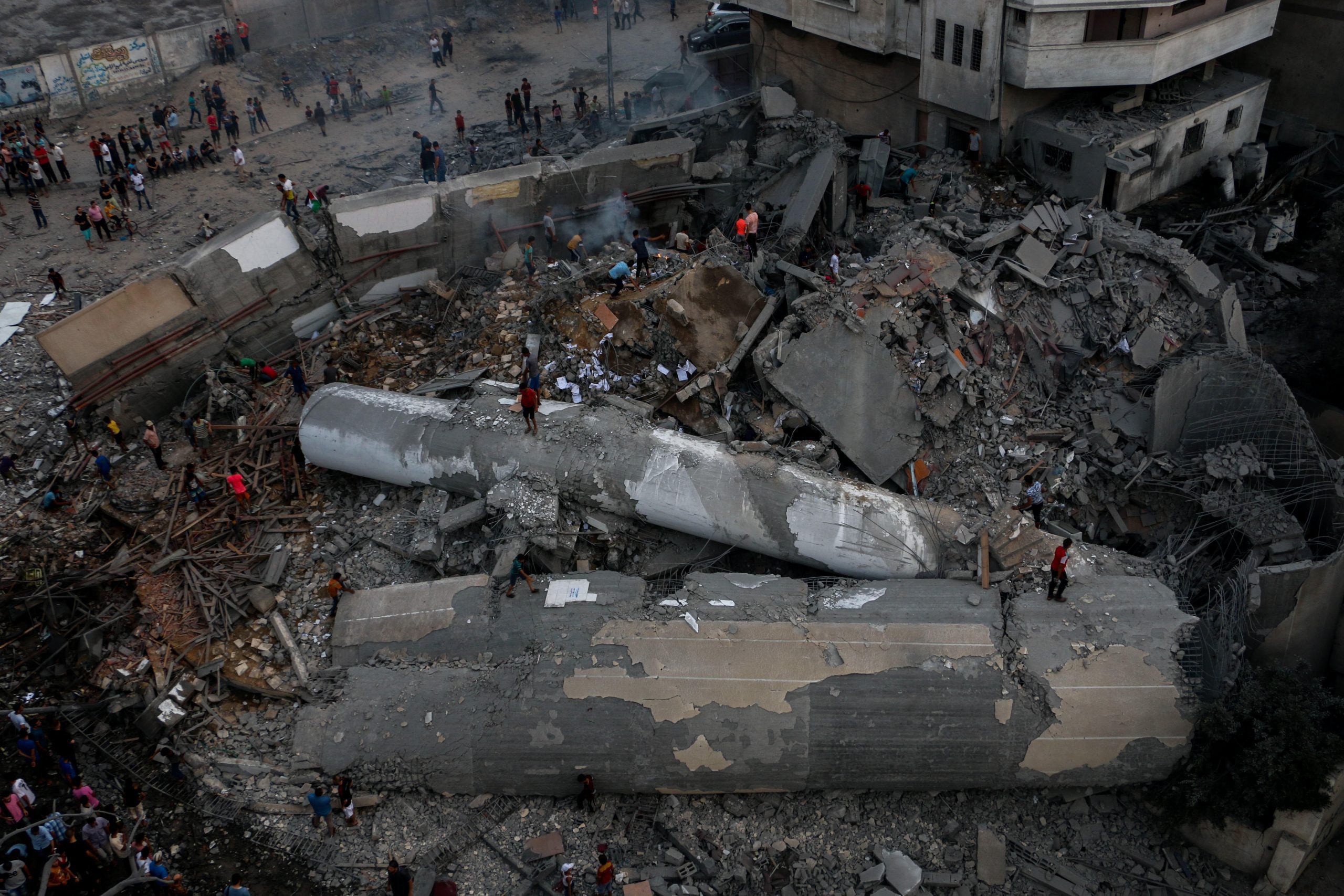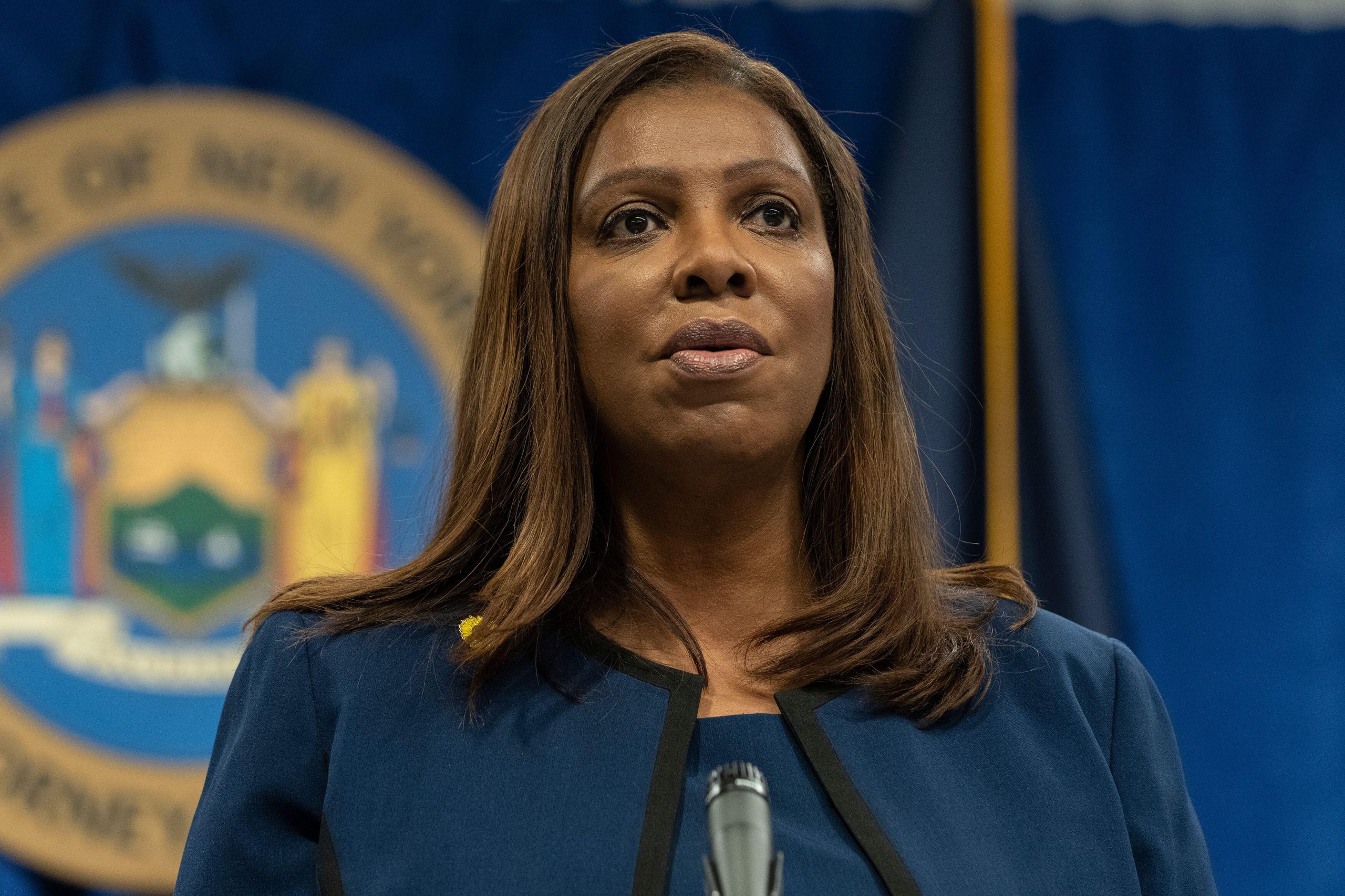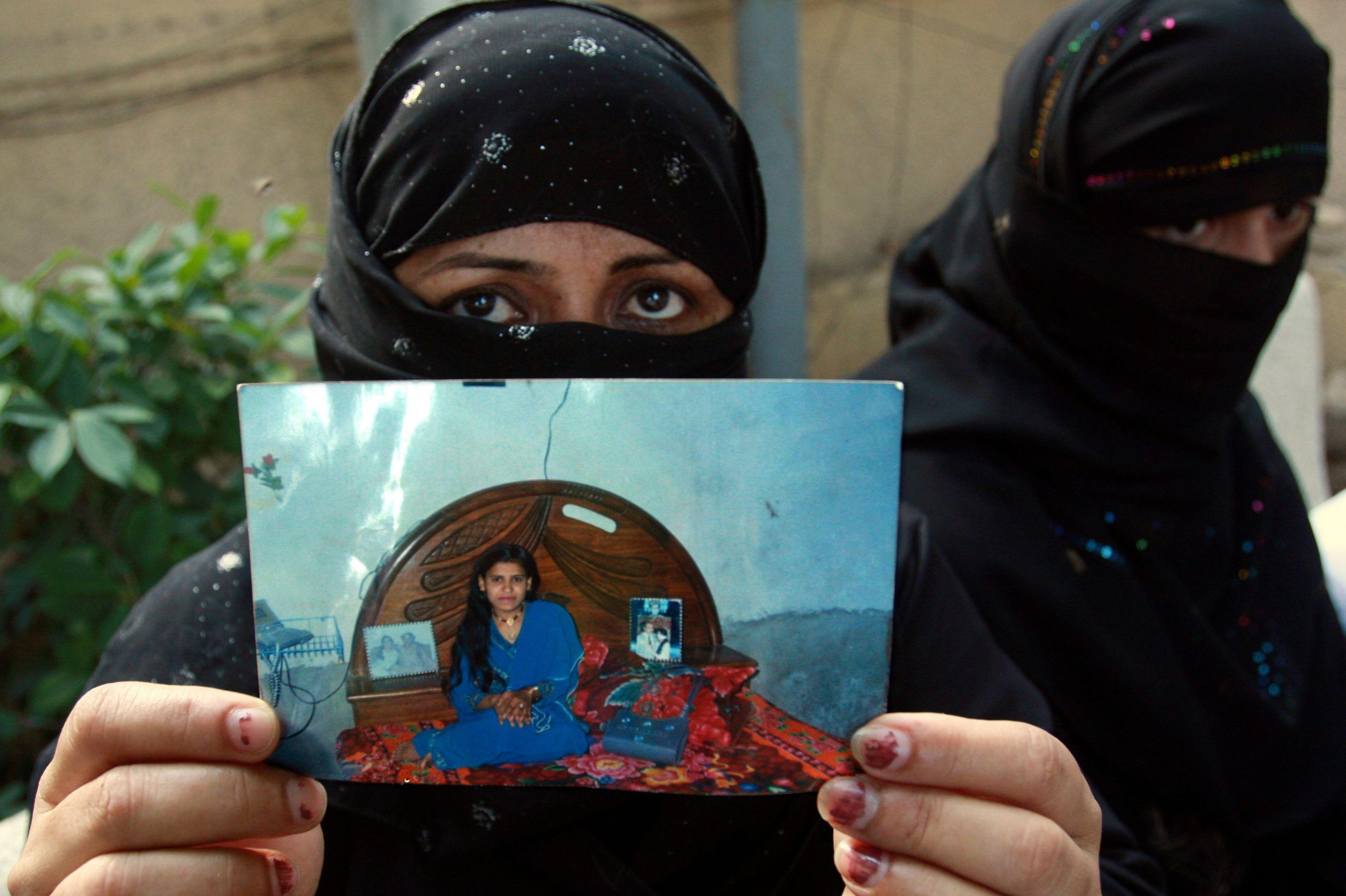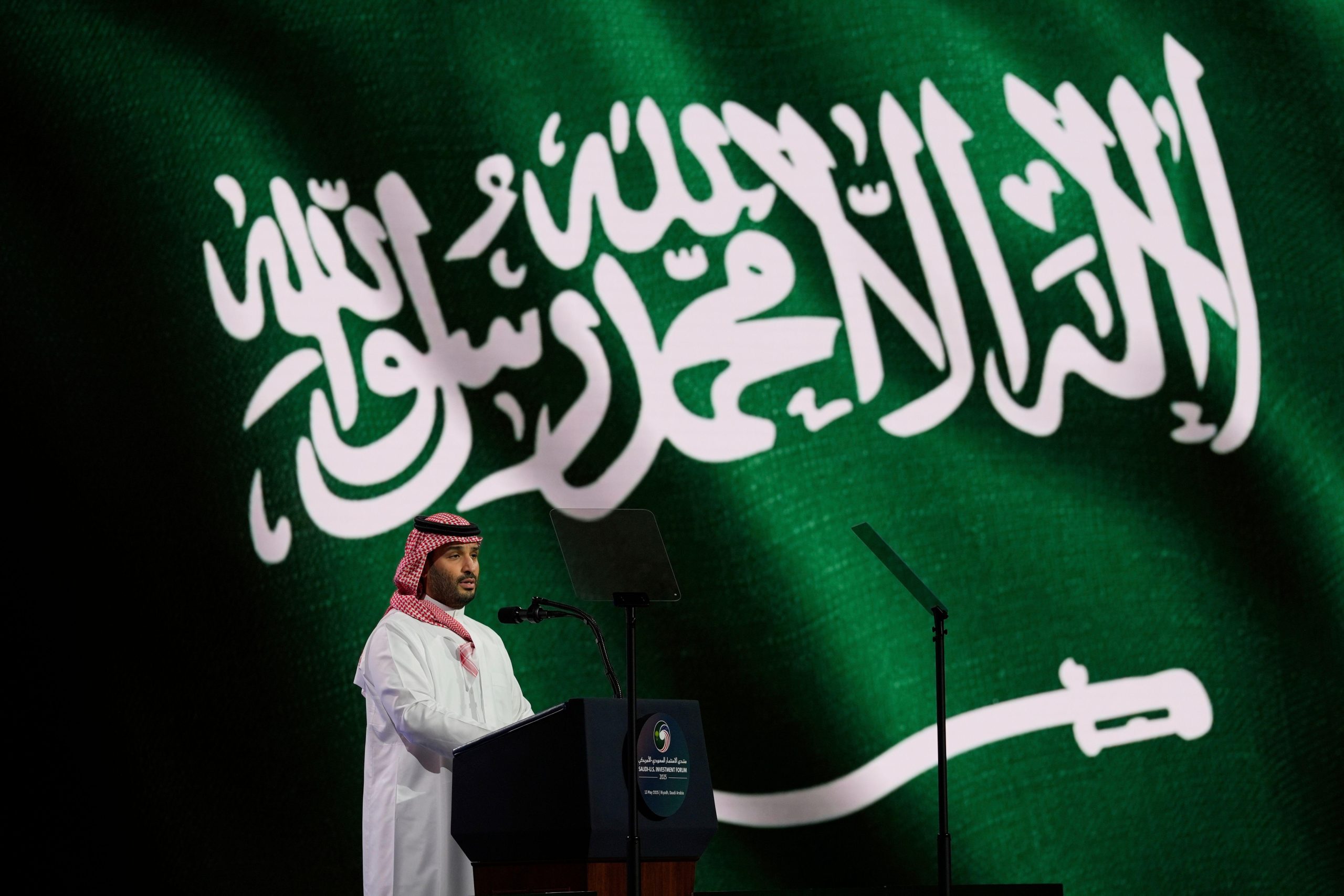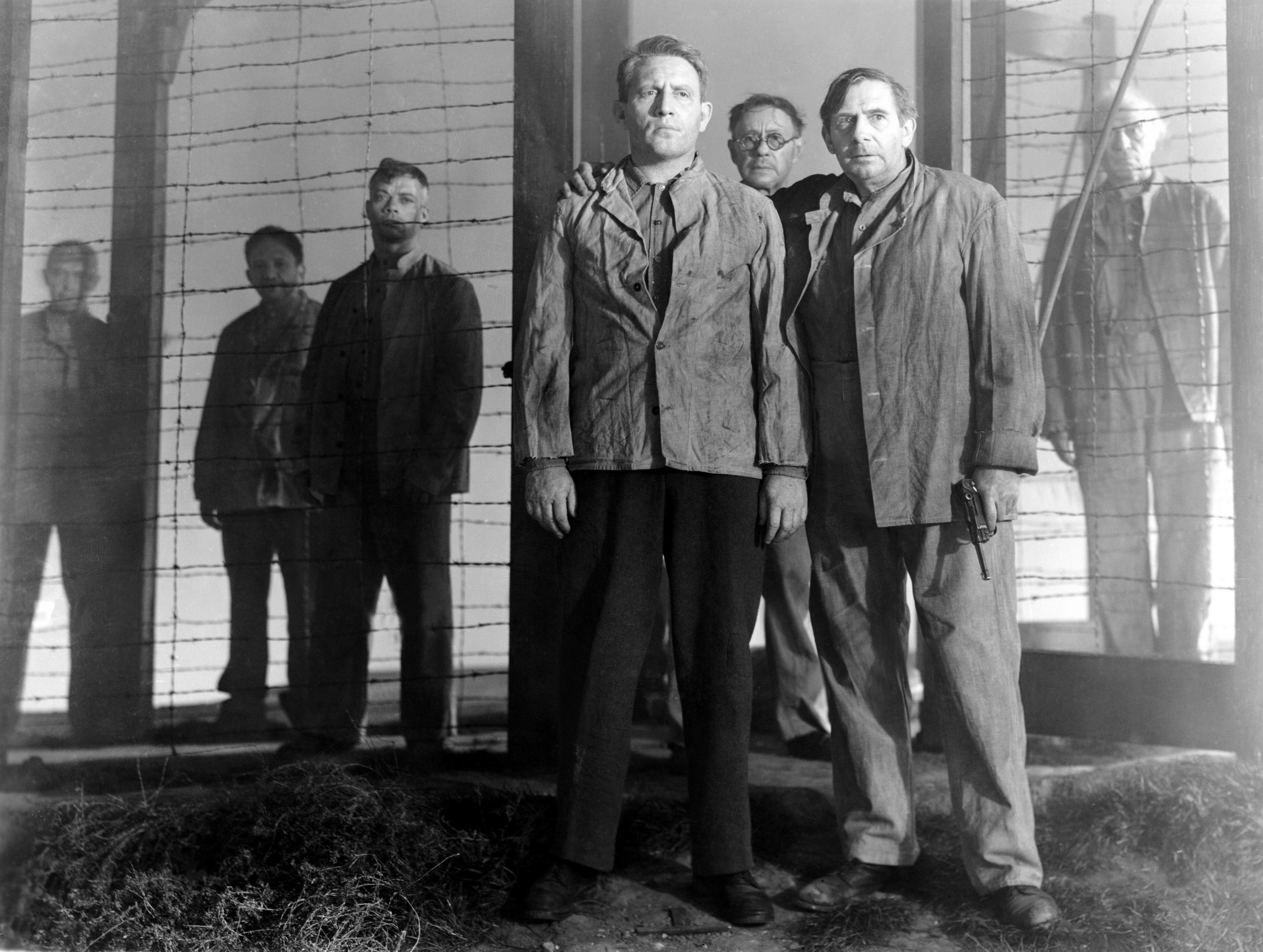What do you do when your culture has been destroyed? When your studios, galleries, and universities all lie in rubble? How do you plan to rebuild when war continues? And how do you find hope amidst utter devastation?
These were some of the questions asked during Archiving Gaza in the Present, a two-day conference held at SOAS University by the Arab British Centre and the Centre for Palestinian Studies in December. The conference brought together artists, writers, journalists, architects and more to discuss the desperate situation facing those in Gaza today.
A ceasefire deal has now been agreed in principle between Israel and Hamas, which is due to come into effect this Sunday. The Israeli Cabinet still needs to vote on the deal, and if it passes, this could see an end to the current conflict.
But since the siege on Gaza began 15 months ago, more than 45,000 people have been killed and roughly 1.9 million people displaced. The impact of the war on Gaza’s institutions is also devastating. According to a report by Human Rights Watch, more than 93% of Gaza’s schools and all of their universities have been destroyed or significantly damaged. What’s more, 195 heritage sites, 227 mosques and three churches have also been damaged or destroyed.
It was amidst these horrifying figures that conversations unfolded, as artists, architects and cultural leaders from Gaza gathered to reflect on what has been lost and to consider the path forward.
A conversation between artists Hazem Harb and Malak Mattar put things into perspective. Harb, an artist from Gaza now based in Dubai, spoke about the destruction of Gaza’s Young Men’s Christian Association (YMCA) building where he first learnt art as a teenager. It was in that space that he also met some of the artists who he continues to work with today. Since then, the YMCA has been destroyed along with their art studios.
Malak Mattar, a painter and illustrator representing a younger generation of Gazan artists, is now based in the UK. Witnessing the war from abroad, including the destruction of her family home, has profoundly influenced her artistic practice. Once characterised by vibrant colours, her work now relies solely on black and white.
During the session, she discussed her piece No Words, inspired by real events in Gaza that she observed online. At its centre, a young boy sits on a horse-drawn cart with all his belongings strapped on to it. To his left, limbs protrude from the wreckage of destroyed buildings, birds pick at decaying flesh, and a mother clutches her baby in fear. To his right, a soldier takes aim with his rifle while men are lined up as prisoners. The painting evokes echoes of Iraqi artist Dia Al-Azzawi’s Sabra and Shatila Massacre mural, created in response to the massacre of civilians at the Sabra and Shatila refugee camps in Beirut, Lebanon in September 1982.
“This is not only my painting, it belongs to the people of Gaza, and I hope it really disturbs you, I hope it haunts you forever…” Mattar said in an interview with The Markaz Review.
Even before October 2023, Gaza was a challenging place to be an artist. Israel’s blockade on Gaza since 2006 has had a profound impact on all aspects of life including the economy, freedom of movement, and the arts. The blockade limited access to art materials and supplies and severely restricted travel, preventing many Gazan artists from engaging with the wider world. What’s more, artists faced censorship and self-censorship under the control of Hamas, including restrictions on free expression. Gaza’s Hamas-run Culture Ministry cracked down on work that did not conform to its edicts and all artists and performers were forced to get permits from the Hamas authorities in order to put on cultural events.
But as bad as things might have once been, they are certainly worse now.
Yet all is not lost. During the conference, cultural practitioners shared how they are already working to rebuild what has been destroyed.
One such example is artist Salman Nawati and the NAWAF collective, who have created the Sahab Museum project, an imaginative virtual museum. Their latest initiative, BARRA (Off-site), is a virtual reality experience where participants can explore, collect, and reflect on artworks that have been lost or damaged and symbolically return them to the Sahab Museum. The project aims to create “a space to rethink and imagine—a space for our dreams to take shape despite the weight of Gaza’s violent everyday life”.
Others, such as RIWAQ director Shatha Safi, are already planning the rebuilding of Gaza. RIWAQ is an organisation that works on preserving and restoring archeological sites across the West Bank and Gaza. Before October 2023, they had successfully restored a number of historic buildings in Gaza, transforming them into vibrant community spaces. Now, those same buildings are either partially or completely destroyed. However, they don’t plan to give up. Today, they are documenting information about the level of destruction on Gaza’s old city. With an end to the war now hopefully in sight, they plan to work with the local community in the future to rebuild once again.
It is hard to reflect on the conference without feeling despair and hopelessness. Yet, for people in Gaza, hopelessness is not an option. And with a ceasefire now on the horizon, there is a glimmer of hope for the opportunity to begin cultural reconstruction. As one speaker reminded us at the end of the day, the late Palestinian-American academic Edward Said famously said, “where cruelty and injustice are concerned, hopelessness is submission”.

